Born Friedrich Stowasser in Vienna in 1928, this artist and architect took on the more grandiose name Friedensreich Regentag Dunkelbunt Hundertwasser during a stint at the Academy of Fine Arts in Vienna. Preferring spirals and curves to straight lines, he designed many eccentric structures with mismatched windows, some with trees growing out of them, undulating floors, bright tiles, and unexpected domes and curves. Three of his most famous structures can be seen in Vienna; the municipal heating plant Fernwarmewerk, the Hundertwasserhaus apartment building, and the KunstHaus, which is a museum of his works.
Hundertwasser grew up in WWII-era Germany. Born to Catholic and Jewish parents, he joined the Hitler Youth to avoid persecution. His unusual architecture is an extension of his overall philosophy, outlined in the 1950s in assorted manifestos with names like “Mouldiness Manifesto against Rationalism in Architecture”, and “Speech in Nude for the Right to a Third Skin”, which must have been most interesting when presented live. He believed that happiness could be found in joyful design, and that the straight lines and boxes of traditional architecture were a problem to be solved.
Hundertwasser’s eccentric structures delight visitors in Austria, Germany, Japan and and New Zealand. His final design was built after his death in Magdeburg, Germany in 2005.
The artist lived in New Zealand in his later years, and died in 2000 aboard the RMS Queen Mary 2 en route to Germany where he was to view his last work, the “Waldspirale” in Darmstadt.
In Vienna: Hundertwasserhaus (private residence) Hundertwasser’s most famous building was constructed between 1983 and 1986. The flowing lines and organic forms house 52 apartments and four offices, with plenty of room for living plants and trees. He accepted no payment for the massive building design, stating that it was worth it to him to see his design realized instead of having “something ugly” erected in its place. Kegelgasse 36-38, between Lowengasse and Untere Weissgerberstrasse.
Fernwarmewerk Spittelau (heating plant) Famed for its golden sphere and colorful smokestack, the district heating plant may be his most striking work of op-art. Spittelauer Lande 45
Hundertwasser facade Hunderwasser only desiged the front of this mosaic covered building. Untere Weissgerberstrasse 27
KunstHausWien (museum) Housing a museum dedicated to Hundertwassser’s work. Untere Weissgerberstrasse 13 Open Daily 11am-7pm. Admission free.
Know Before You Go
http://www.kunsthauswien.com/en/besucherinfo/directions-and-openinghours













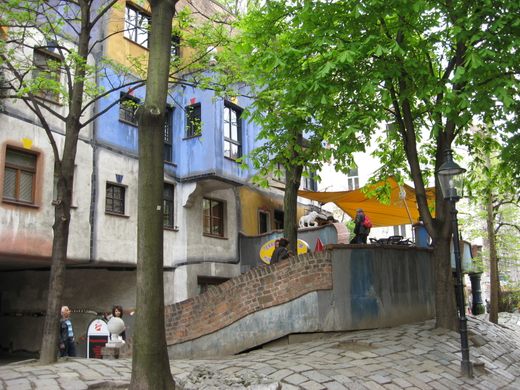
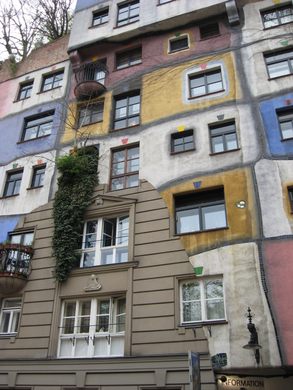
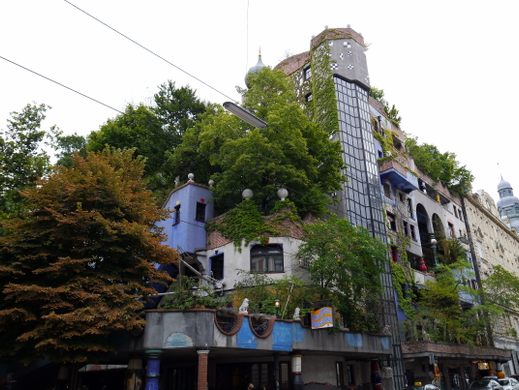





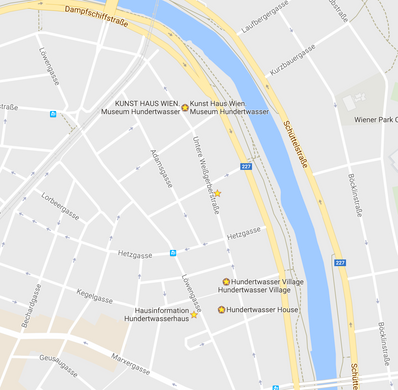







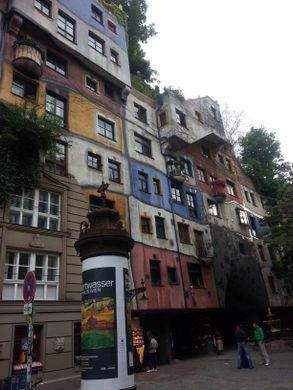

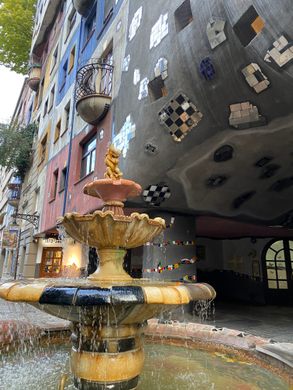

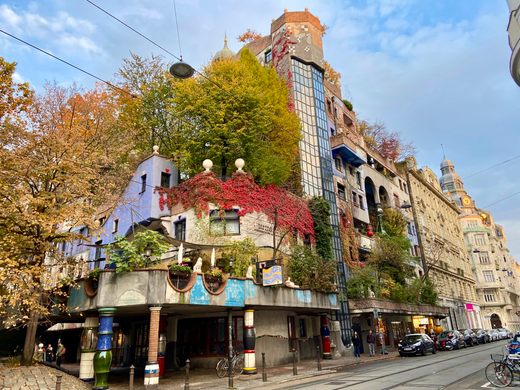




















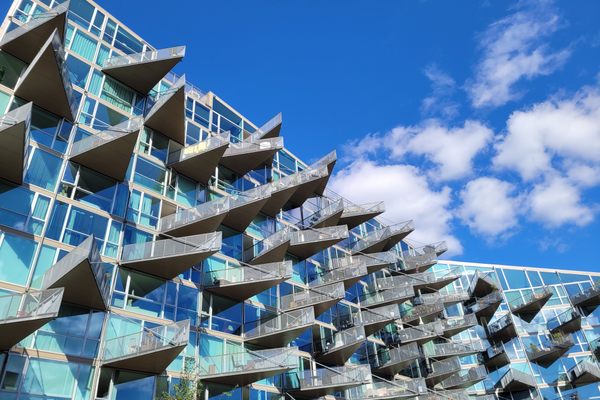




Follow us on Twitter to get the latest on the world's hidden wonders.
Like us on Facebook to get the latest on the world's hidden wonders.
Follow us on Twitter Like us on Facebook